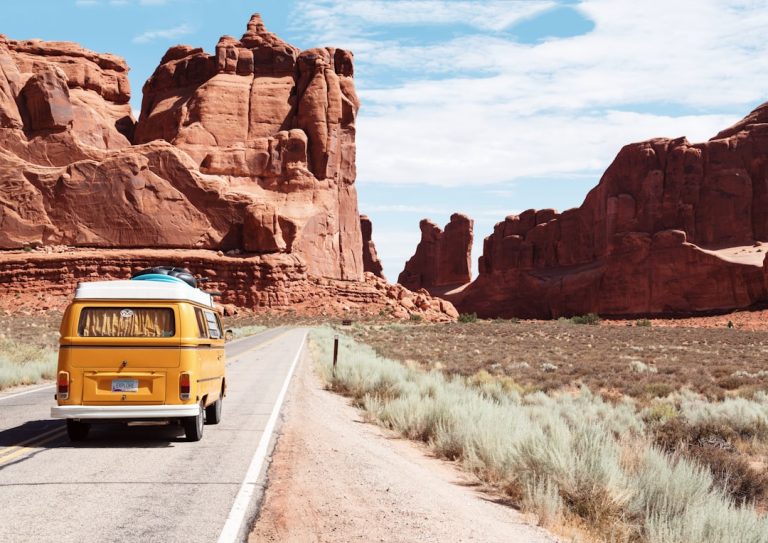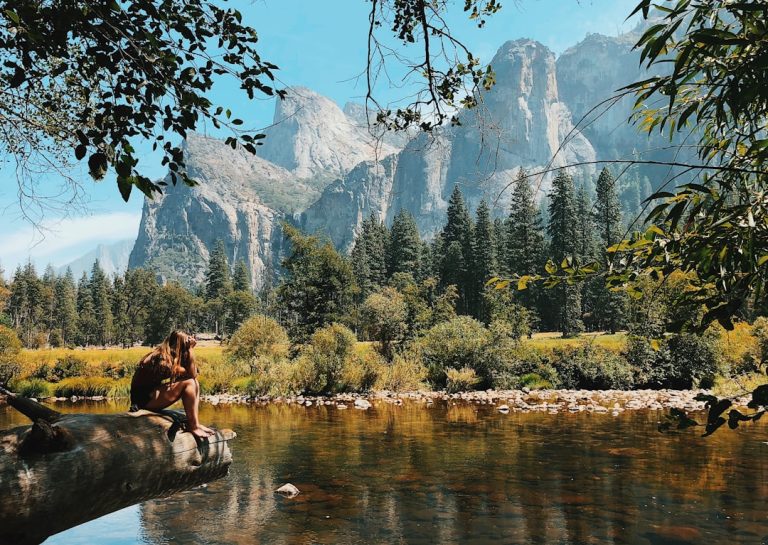Journey to the Unseen Corners: Embracing the Art of Slow Travel
In a world where speed and efficiency dominate our daily lives, the concept of slow travel offers a refreshing antidote. It’s about immersing yourself fully in your surroundings, taking the time to connect with local cultures, and embracing the unexpected. But what exactly is slow travel, and how can you incorporate it into your next adventure?
Imagine wandering through a quaint European village, savoring each step along cobblestone streets, or leisurely biking through the serene landscapes of Southeast Asia. Slow travel is about choosing quality over quantity. Instead of racing through a checklist of attractions, it encourages travelers to dig deeper and experience destinations more authentically.
One of the key aspects of slow travel is the mode of transportation. Opting for trains over flights or bicycles over cars not only reduces your carbon footprint but also allows you to see a country from a unique perspective. Trains offer the luxury of time to gaze out of windows, observing landscapes that shift and change, while cycling provides the opportunity to interact with locals and explore hidden gems off the beaten path.
Accommodation choices also play a significant role in slow travel. Instead of staying in chain hotels, consider booking a local homestay or an eco-lodge. These options often provide insights into the daily lives of residents, and your hosts might even share their favorite secret spots that aren’t listed in guidebooks. By staying in one place for a longer duration, you forge deeper connections with both the environment and its people.
Moreover, slow travel emphasizes sustainability and mindfulness. It encourages us to think about the impact of our travels on the environment and the communities we visit. Supporting local businesses, minimizing waste, and respecting cultural norms are essential practices for the conscientious traveler.
An often-overlooked benefit of slow travel is its psychological impact. By intentionally slowing down, you allow yourself to be present in the moment. The reduced pace fosters relaxation and can significantly reduce stress levels, transforming your trip into a true escape from the hustle and bustle of everyday life.
The next time you plan a trip, consider incorporating elements of slow travel. Start by choosing a single region to explore deeply rather than attempting to see an entire country in a few days. Research the local culture, learn a few phrases in the native language, and keep your itinerary flexible to accommodate spontaneous adventures.
In conclusion, slow travel is not just a method of transportation or a type of accommodation; it’s a mindset. It’s about appreciating the journey, not just the destination. By adopting this approach, you’ll return home with not just photographs, but memories and experiences that last a lifetime. So, take a deep breath, slow down, and embrace the art of slow travel. Your next adventure awaits.





